The total solar eclipse on April 8, 2024 was an experience that totally overloaded the senses, and seemed to blur the line between illusion and reality.
I was working that day as the science lead for National Geographic photographer Stephen Wilkes, who had traveled to Dallas, Texas to shoot an unprecedented “Day-to-Night” urban eclipse photographic project. I was also hosting an educational live event with National Geographic Learning. As with any big project, I started preparation months in advance. In particular, as I had never experienced a total eclipse before, I wanted to make the extra effort to learn as much as I could about it. Hence, I delved into research, did my due diligence, and reached out to plenty of people who had experienced total eclipses.
Most of the people I spoke to, who had experienced a total eclipse, summarized it in one word: “overwhelming.” I was told there is too much to take in during an eclipse, and that even a “long” eclipse like this one (3 minutes and 51 seconds) will spellbind you and make it seem like an instant.
I sincerely wondered if the stories were a bit exaggerated, perhaps eclipse zealots just romanticizing the memory. I understand the basic science explaining the phenomenon. It seemed very cool intellectually, but in practice, and in the real human experience—wouldn’t this just be the sun darkening for a few minutes, like a quickened version of regular sunrise and sunset? At any rate, I took note of the warnings and did my best to prepare, get the perfect location for our photo shoot, and have all the gear ready for the big eclipse!

Eclipse Day, or “E-Day,” was fast approaching, which is the name given to the day of the eclipse by umbraphiles—people who chase eclipses all over the world. There is a lot of buildup and preparation to make the most of each moment. However, despite our best planning, the closer we got to E-Day, the more the weather forecasts told us to brace for bad weather, which is the worst news you want to hear when preparing to view an eclipse, as clouds can block the eclipse and you can be left seeing nothing.
We woke up on Monday, April 8, 2024 to a bleak weather forecast for Dallas, much to our dismay. We were told to expect cloudy skies and severe weather, with a high likelihood of lightning storms, and possibly even tornadoes. A pit formed in my stomach as I considered the months of planning, set up, investment, and hard work that our team had poured into making this eclipse project happen. Most of our team, like hundreds of thousands of people, had flown into the Dallas area specifically to see the eclipse. But this bad weather forecast meant that all that planning, investment, and time poured into experiencing, photographing, and live streaming a once-in-a-lifetime phenomenon to millions was hanging on by a thread. People across Mexico, the US, and Canada shared the same anxiety—would we miss the total solar eclipse because of bad weather? A group of my colleagues made the spur-of-the-moment decision to drive to Arkansas, over four hours away, in search of clear skies.
Our team in Dallas discussed options, and ultimately made the decision to stick to the plan and hope for the best. We were on a building above Klyde Warren Park in downtown Dallas, overlooking thousands of people that had come to experience the eclipse. You could feel the tension and anticipation—some were praying, meditating, begging the universe audibly for clear skies, while others were pacing, checking their weather apps on their phones, and participating in the park’s activities with their kids. We were all united in our shared hope for the clouds to break and the sun to shine through. Everyone seemed to be holding their breath, with eye affixed on the skies.

Partiality began at 12:23 PM, and just as we were starting to lose hope, the sun began to burn a hole through the clouds. A script writer could not have timed it better. It felt like were we rooting for every ray of brilliant, burning, beautiful sunlight as if the sun was our underdog team in a major sports game with high stakes, who against all odds was rallying and starting to make a comeback. Excitement was building. The sun kept burning through the clouds. The skies were opening up. Partiality kept advancing. The crowds were electric.
1:39 PM – The call went out that totality would start in only 1 MINUTE! The sun’s rays had knocked back the clouds, and the skies were open. Emotions were high and we all held our breath.
1:40 PM – Totality in clear skies! White surfaces began exhibiting strange, snaking interference shadows called “shadow bands.” The sun went dark as the moon covered it, with only a brilliant aura shining from a black mass. Birds changed their calls. The temperature dropped by 10ºF (5.6°C). Cameras flashed, and the lights of the skyscrapers, streets, and park flickered on. The crowd went WILD! It was the Hail Mary pass we had all been hoping, praying, and wishing for.
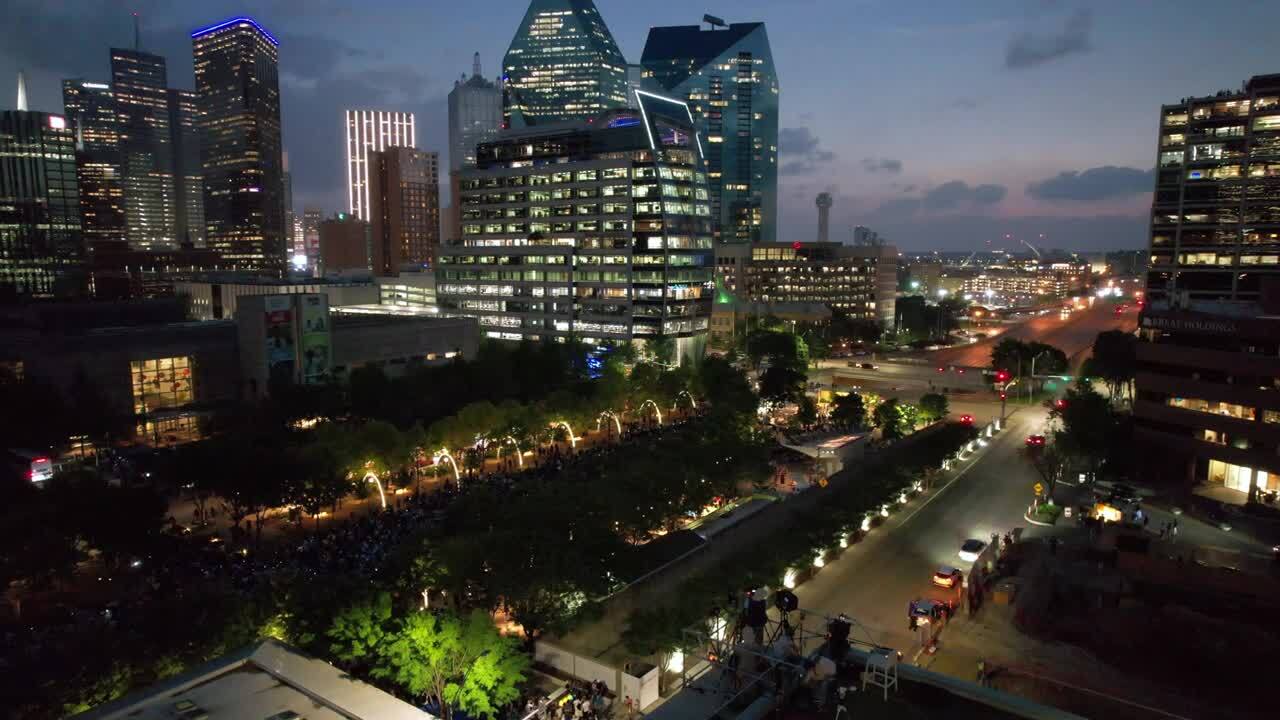
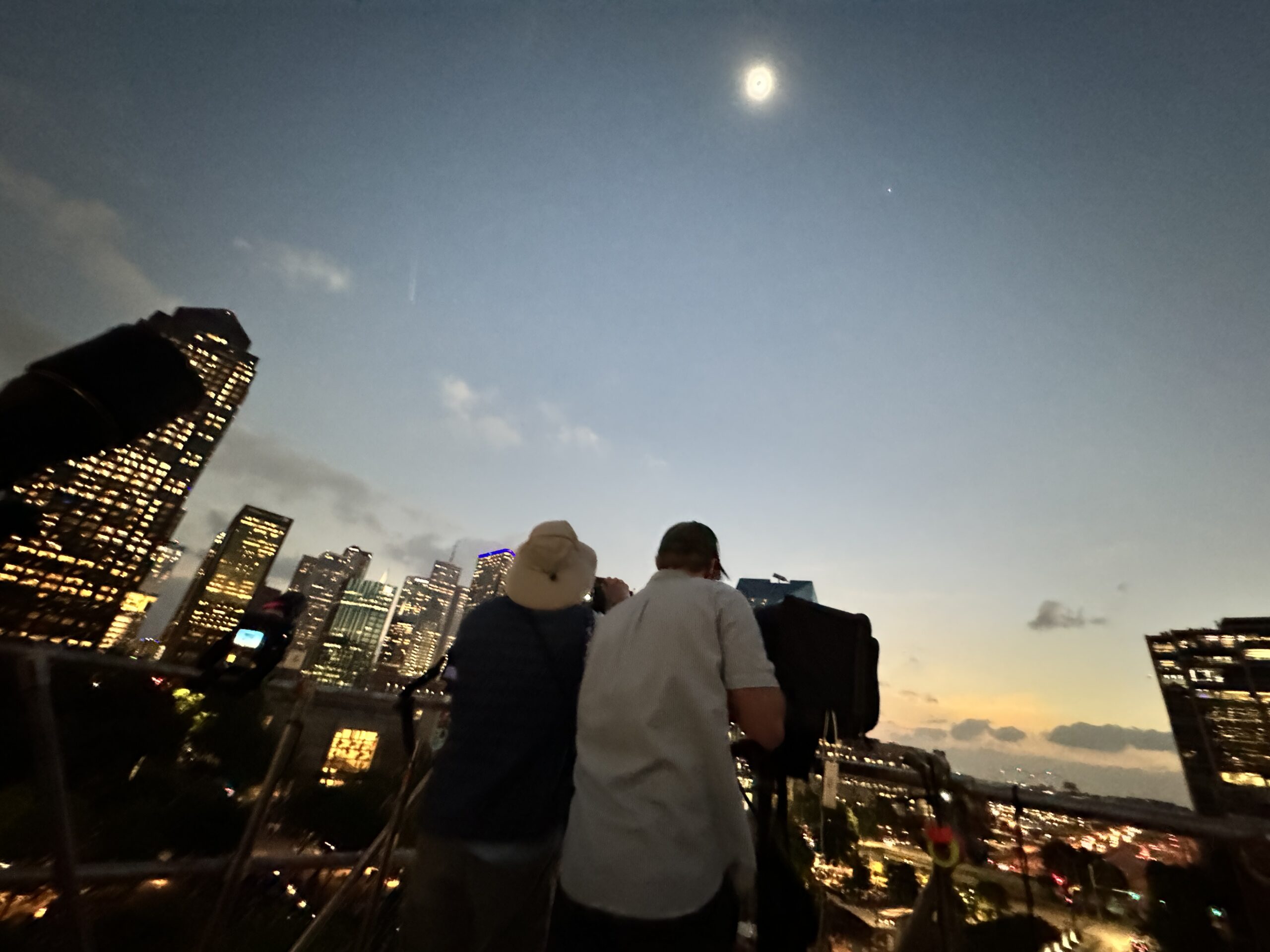
The next 231 seconds of darkness seemed like a dream. There was so much to notice and take in—even with all the preparation, or perhaps because of it, the details of the moments presented more magic than I could mentally process at once. It was like watching time fast-forward in a time-lapse video. The warnings were well-warranted—it felt like an instant.
I was torn between documenting and living the moment. There is a difference in seeing the temperature drop on the graph, and really feeling it physically change, then letting it sink in that that beam of solar light and heat that just spent 8 minutes and 20 seconds getting from the sun’s surface to Earth, just got blocked by the Moon. In the words of Alexander von Humboldt, “What speaks to the soul escapes our measurements.”
Totality ended at 1:44 PM. Everyone was still smiling and no one seemed to be a stranger anymore. The eclipse had entered into its second stage of partiality—and it would continue in partiality until 3:02 PM—but few people seemed to notice. Totality was over, but the Moon’s shadow was still lingering on people’s minds— eclipsing the senses with a happy enchantment of awe.
Our work documenting the eclipse continued past partiality and into the evening. We watched from our high perch as the crowds in the park below thinned out and left, making way for clean-up crews who eventually followed suit. The day was turning into night, and now on the horizon the black clouds from the morning’s forecast began to roll in, thick and ominous, between spectacular flashes of lightning. It was a poignant reminder of just how unbelievably lucky we had been that afternoon, when just a few hours later we had to wrap up production with the booms of thunder and thick curtains of rain rolling in.
Looking back on it all, it was so unforgettable, beautiful, and magical that even as I write these words, they seem to cheapen the experience. It was far more than just a simple “darkening of the sky,” and certainly nothing like any sunset or sunrise that I have ever seen—but there is more here than just the natural phenomenon.
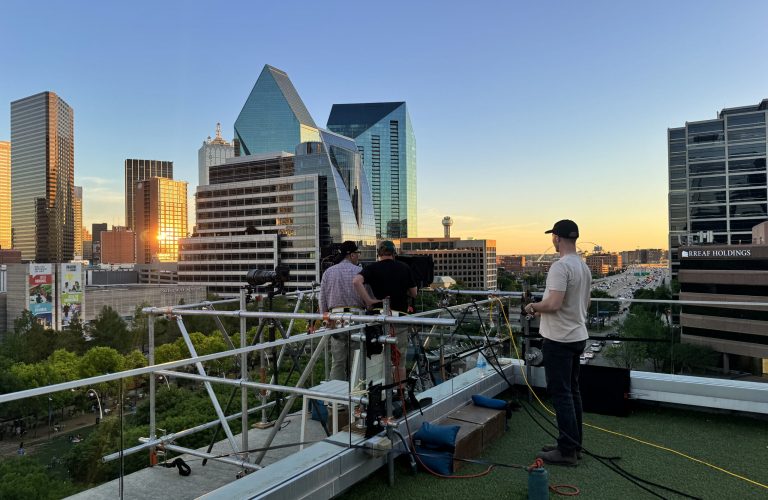
Total eclipses are rare, special, and spellbinding. This was one the most awe-inspiring, impressive natural phenomena I have ever seen—but equally magical, was the collective experience of the crowd. Whether because of the planning, preparations, or emotional rollercoaster, this was the single most impressive moment of mass catharsis that I have ever experienced.
We collectively made Monday, April 8, 2024, special. There were thousands in the Dallas park beneath us, and collectively there were millions of us waiting for our turn in the Moon’s shadow across the North American Line of Totality. Everyone in that crowd wanted to be there, made an effort, and sacrificed something to be there. Since ancient times, many cultures made sacrifices in the dim light of the eclipses. We may not be sacrificing bulls, llamas, or chickens, but we are certainly keeping the tradition alive by intentionally offering something of value to bear witness and appreciate natural phenomena.
When we make time and space to enjoy Nature’s marvels, we make a spectacular event all the more hallowed and special. By bringing this intentionality and perspective into our daily lives and interactions with nature— and by sharing this and connecting with others— maybe we can find a deeper magic in every sunset and sunrise, and a new appreciation in every darkening of the sun.
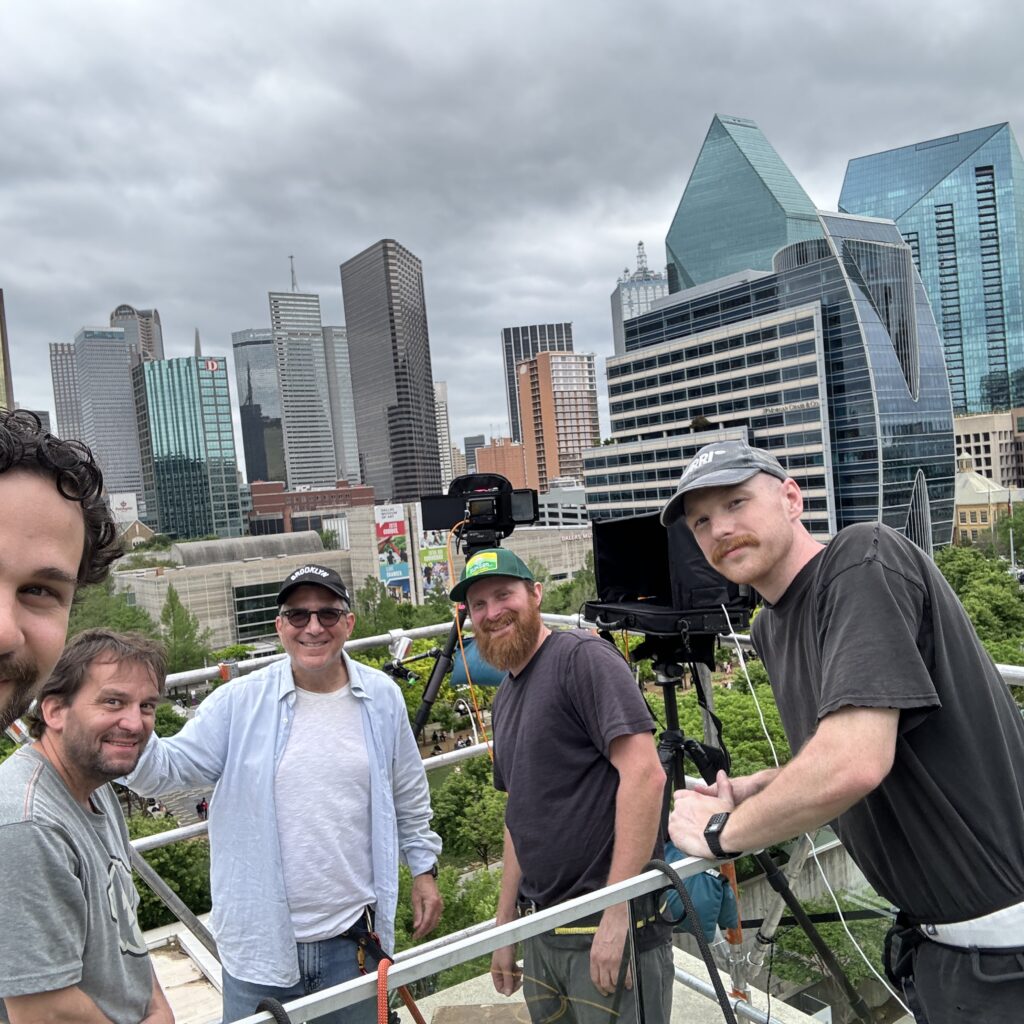
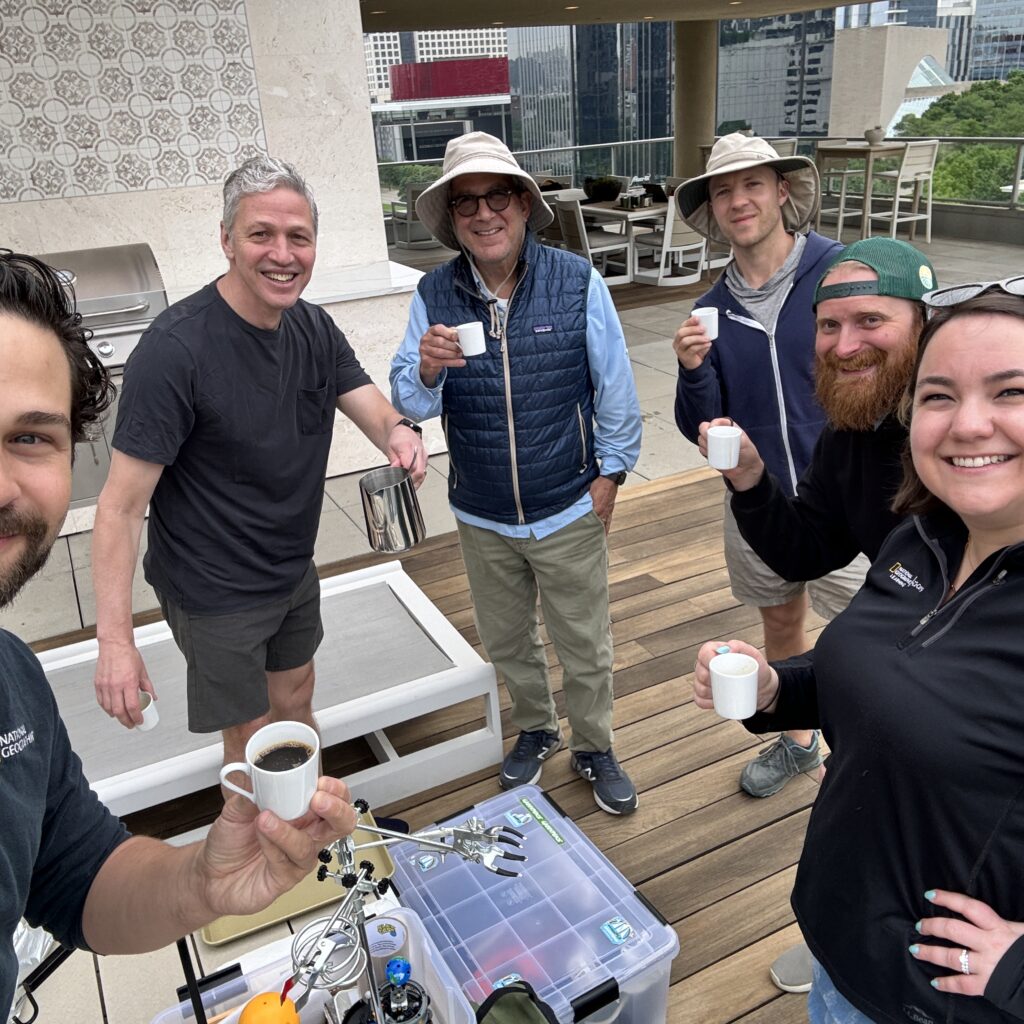

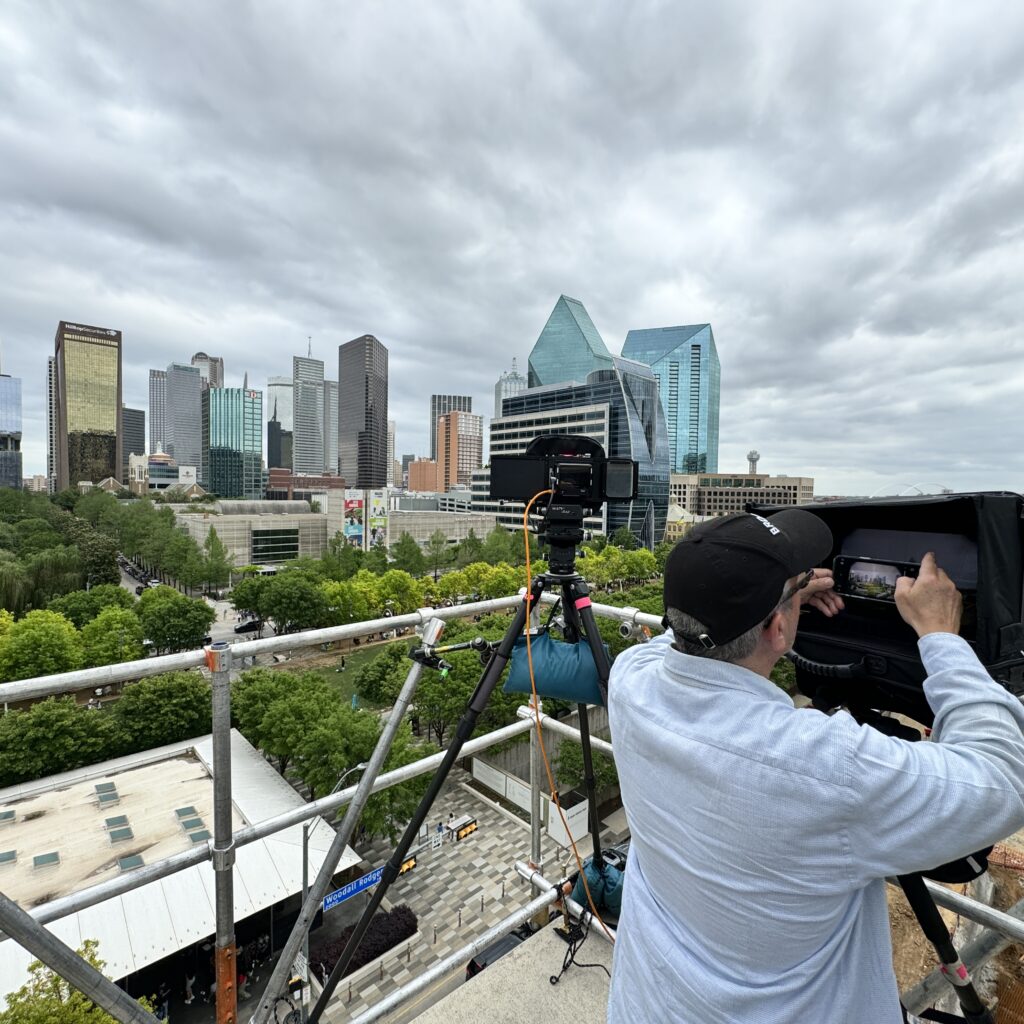
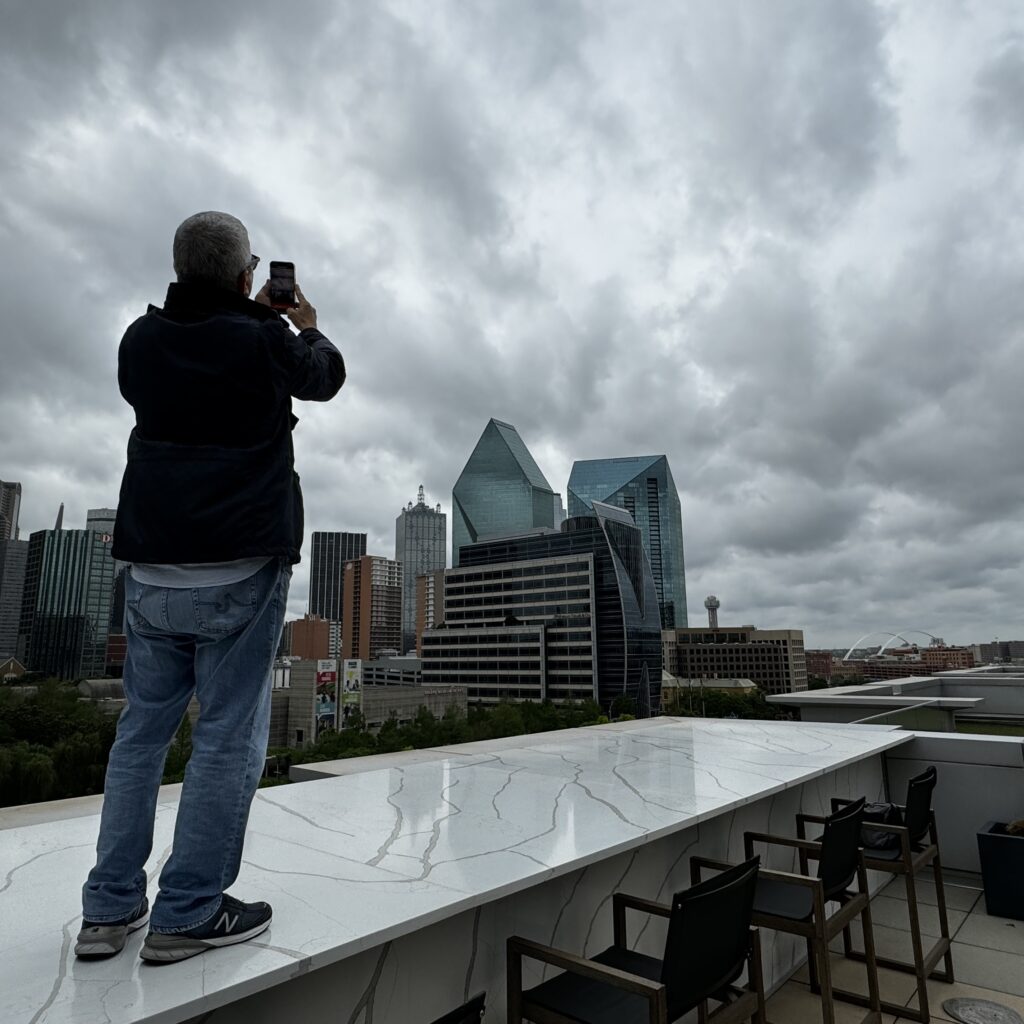
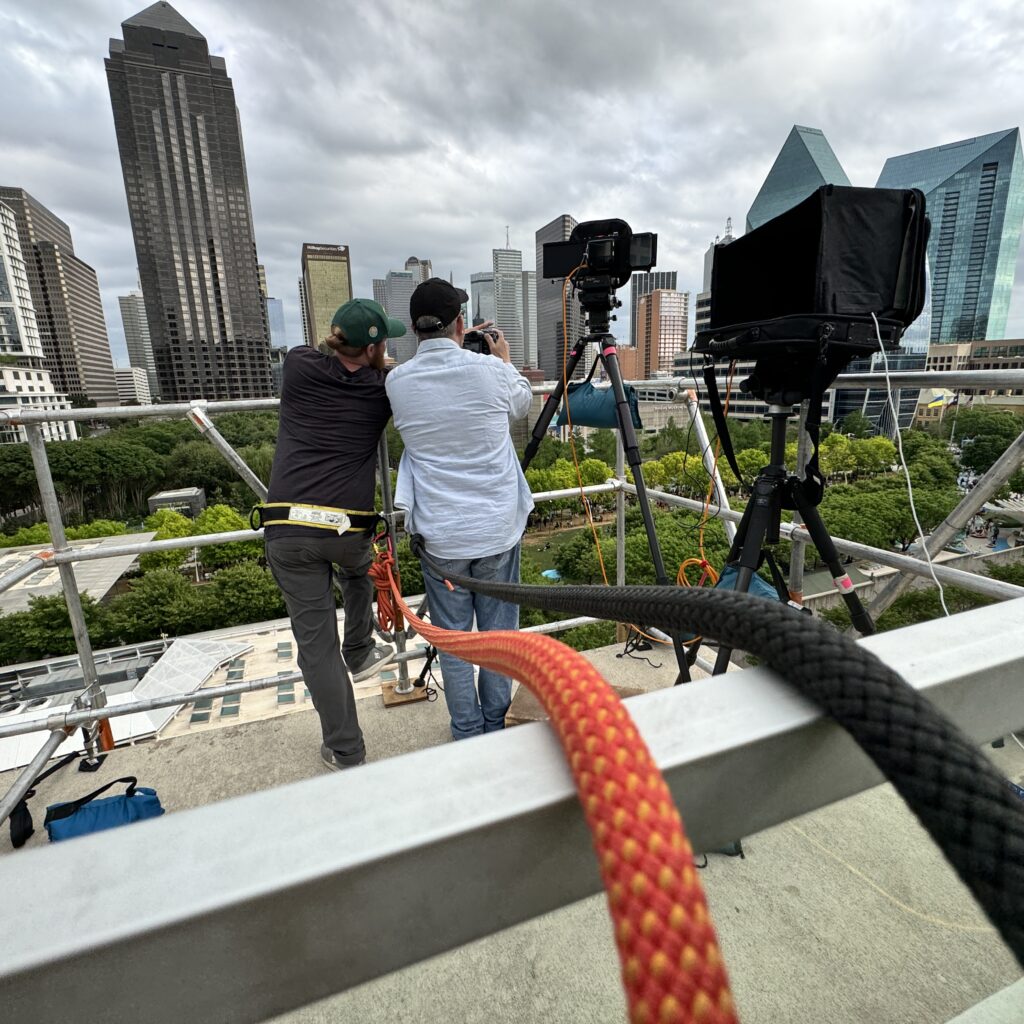
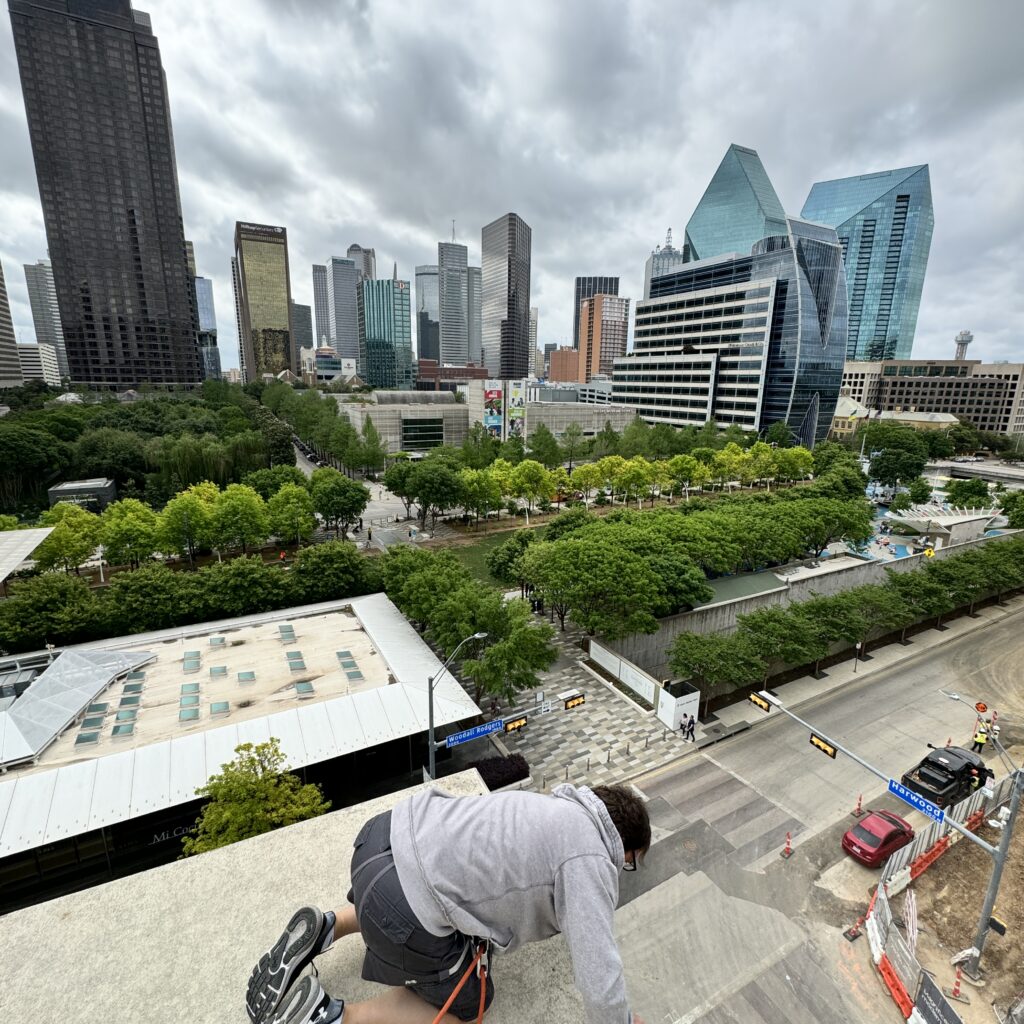
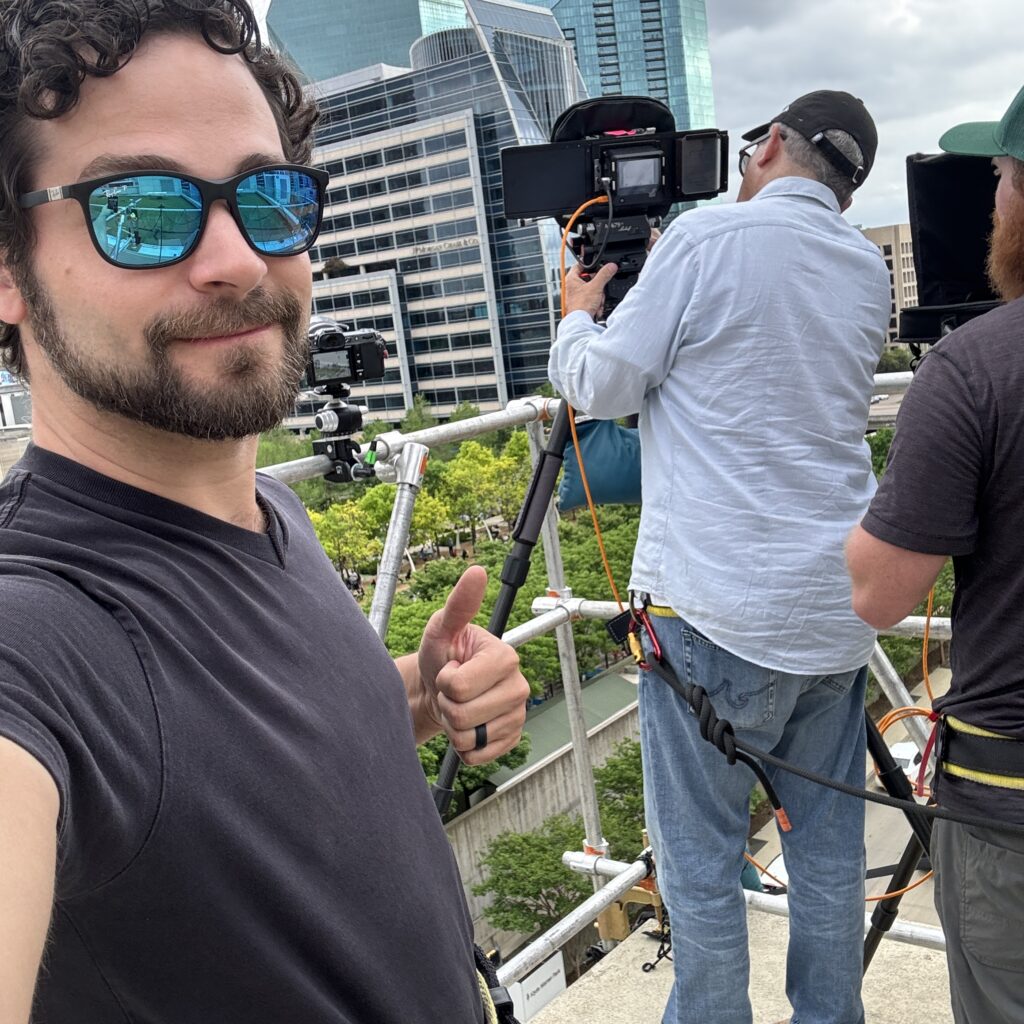
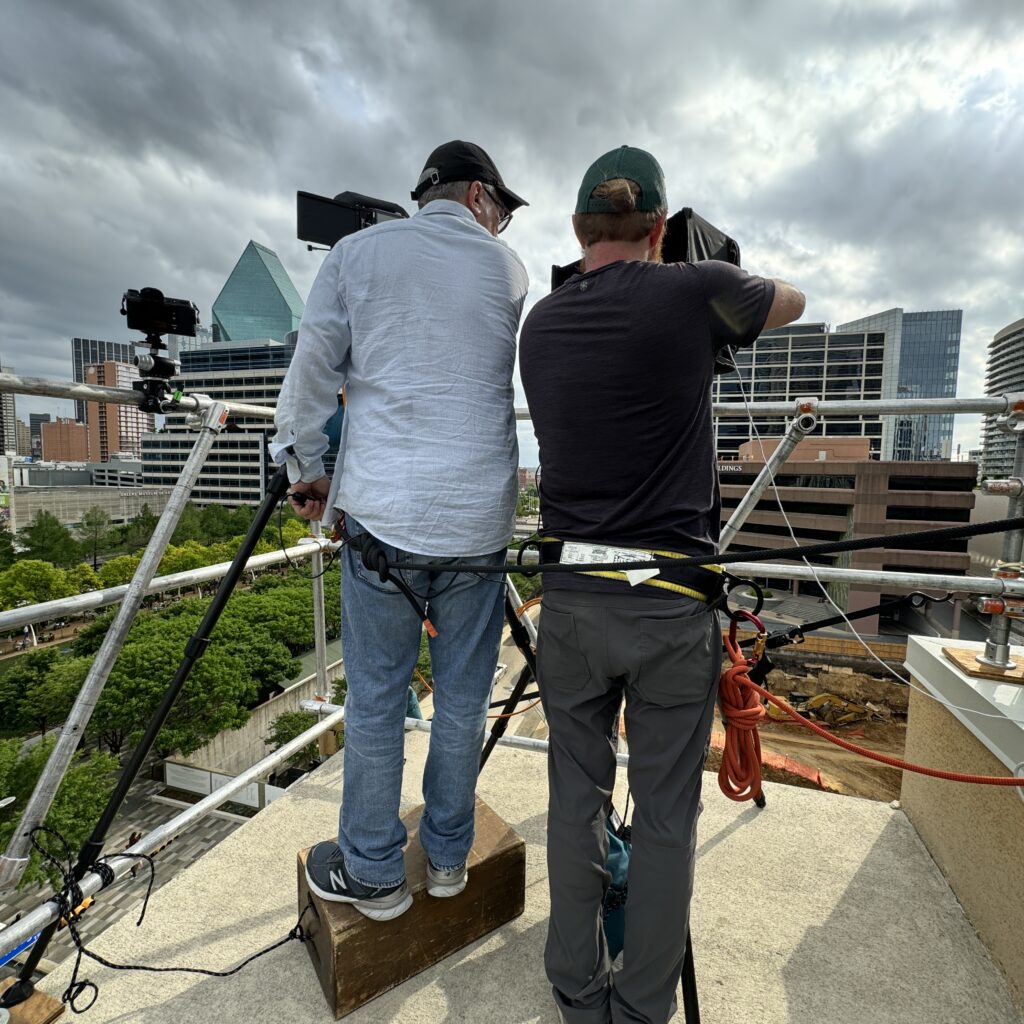
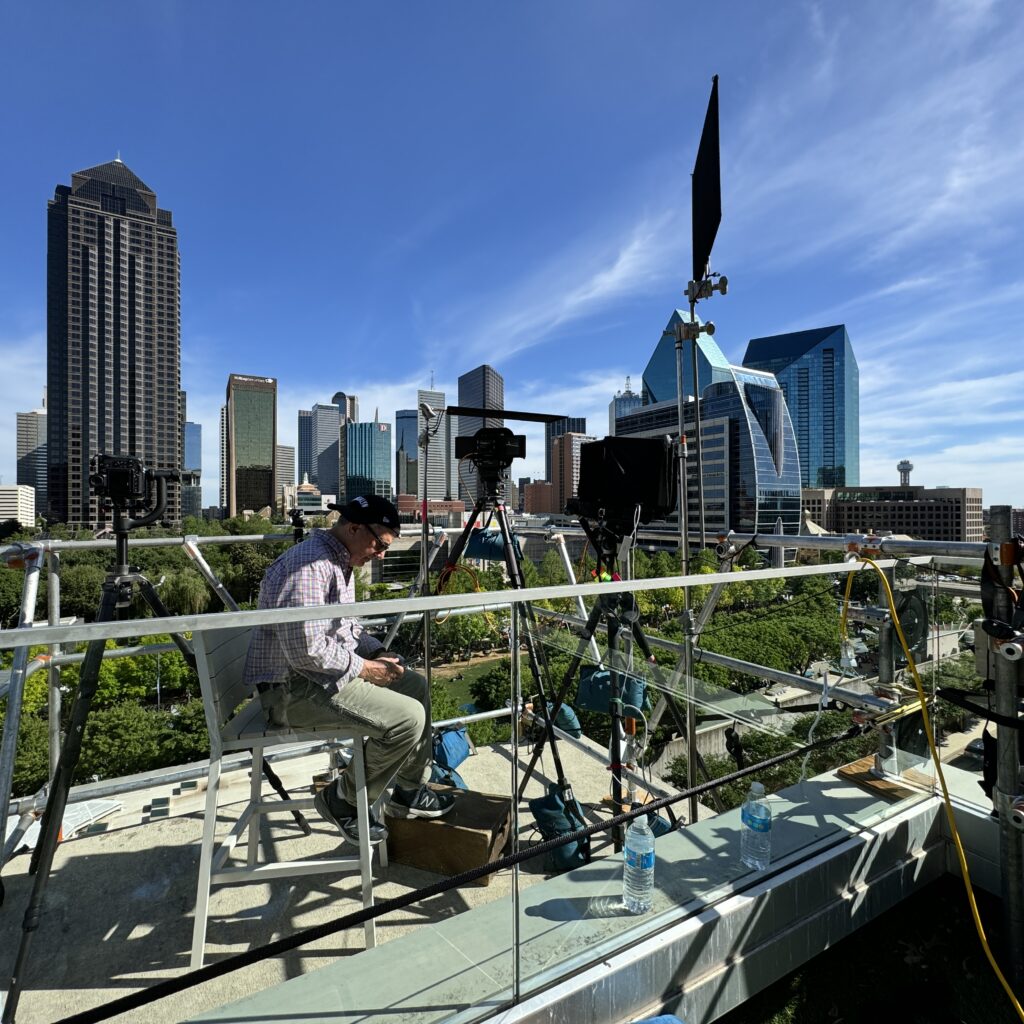
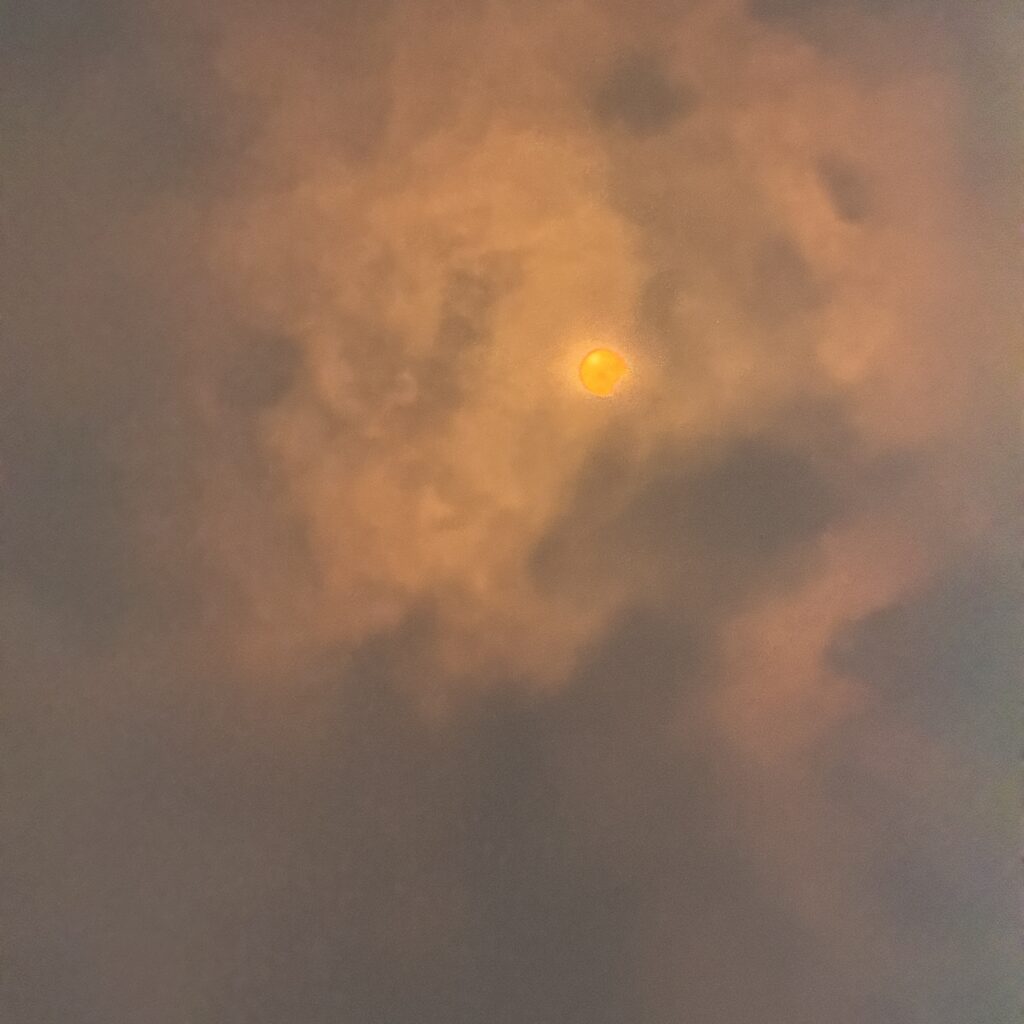




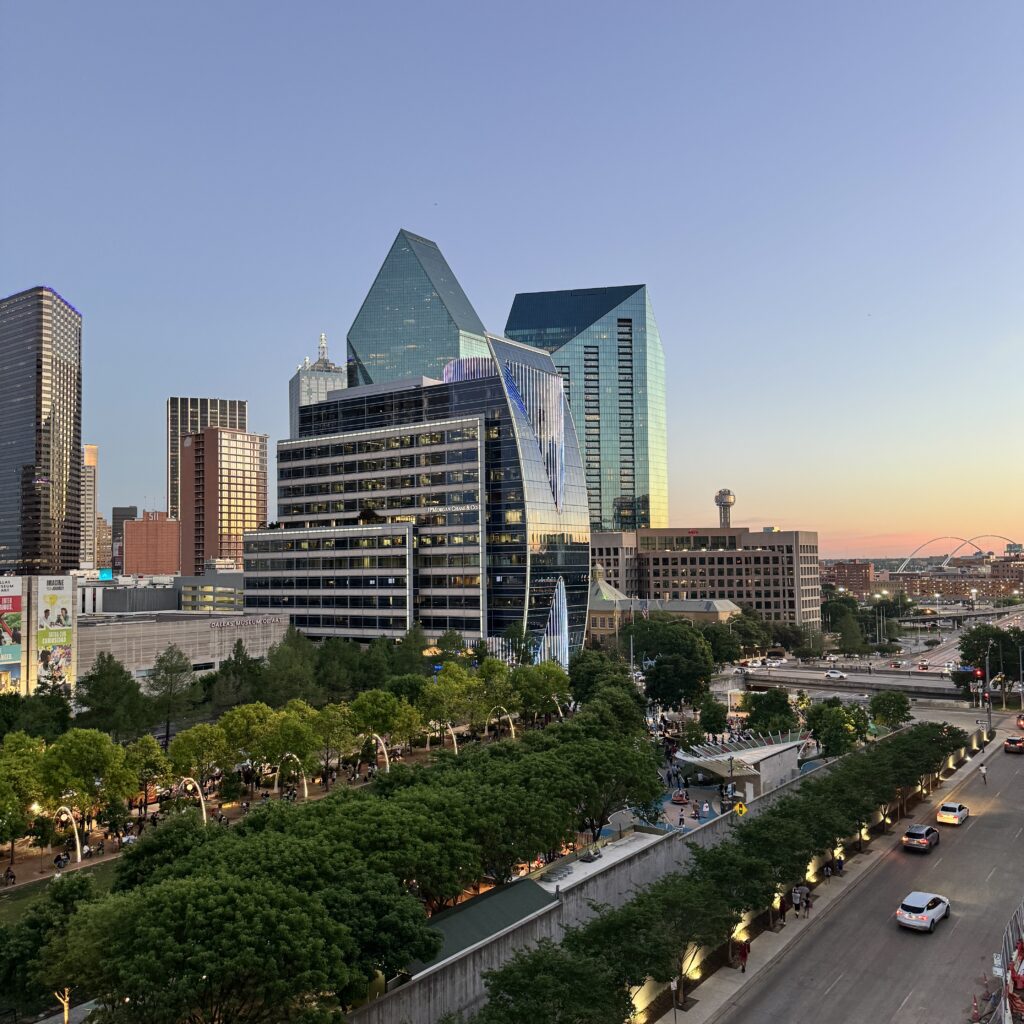
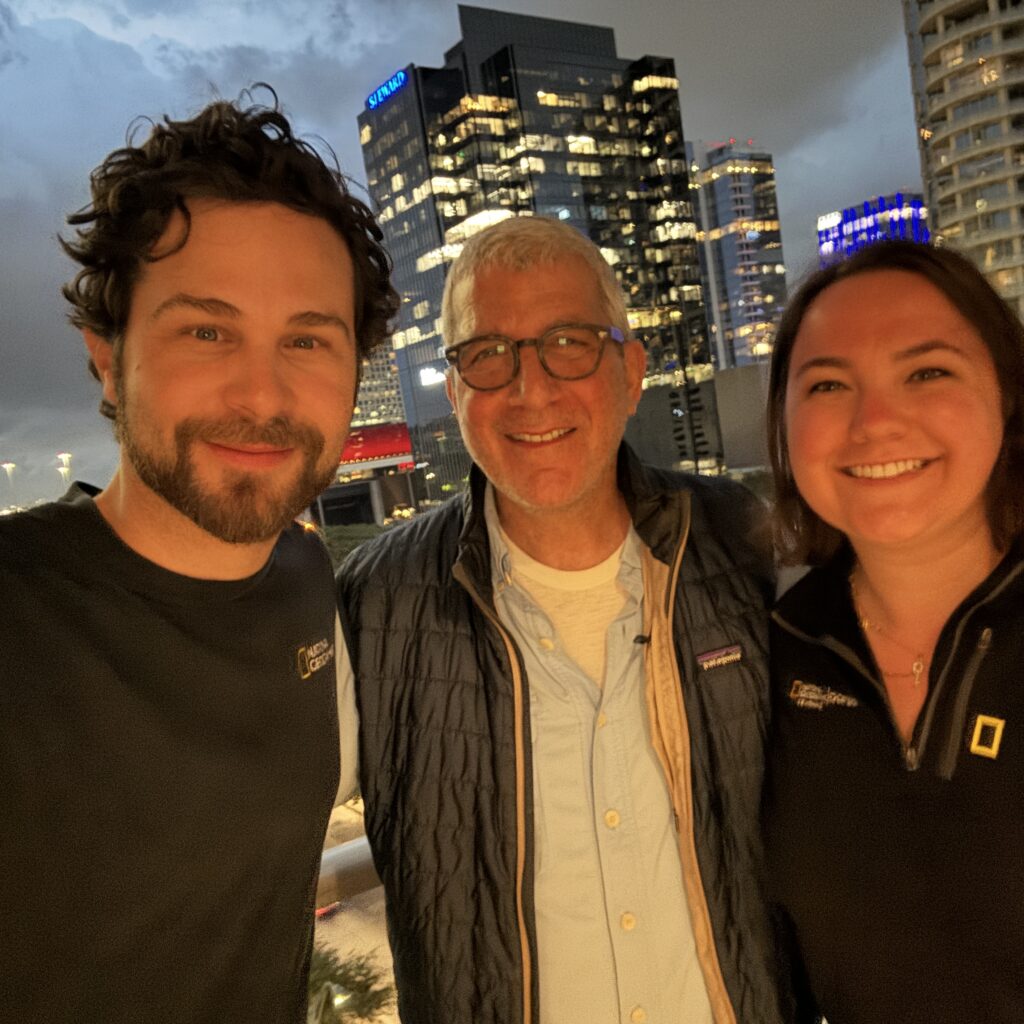
The Samples You Want Without The Wait!
Copyright 2017 | National Geographic Learning Product News and Resources | AP® is a trademark registered and/or owned by the College Board, which was not involved in the production of, and does not endorse, this product. | “National Geographic”, “National Geographic Society” and the “Yellow Border Design” are registered trademarks of the National Geographic Society ®Marcas Registradas.
